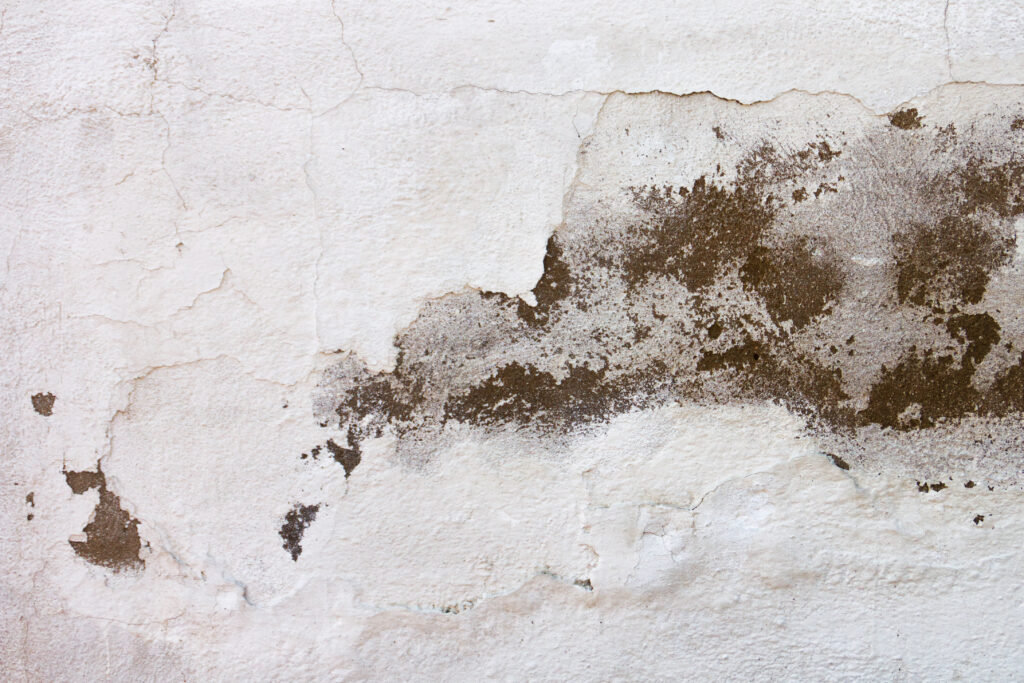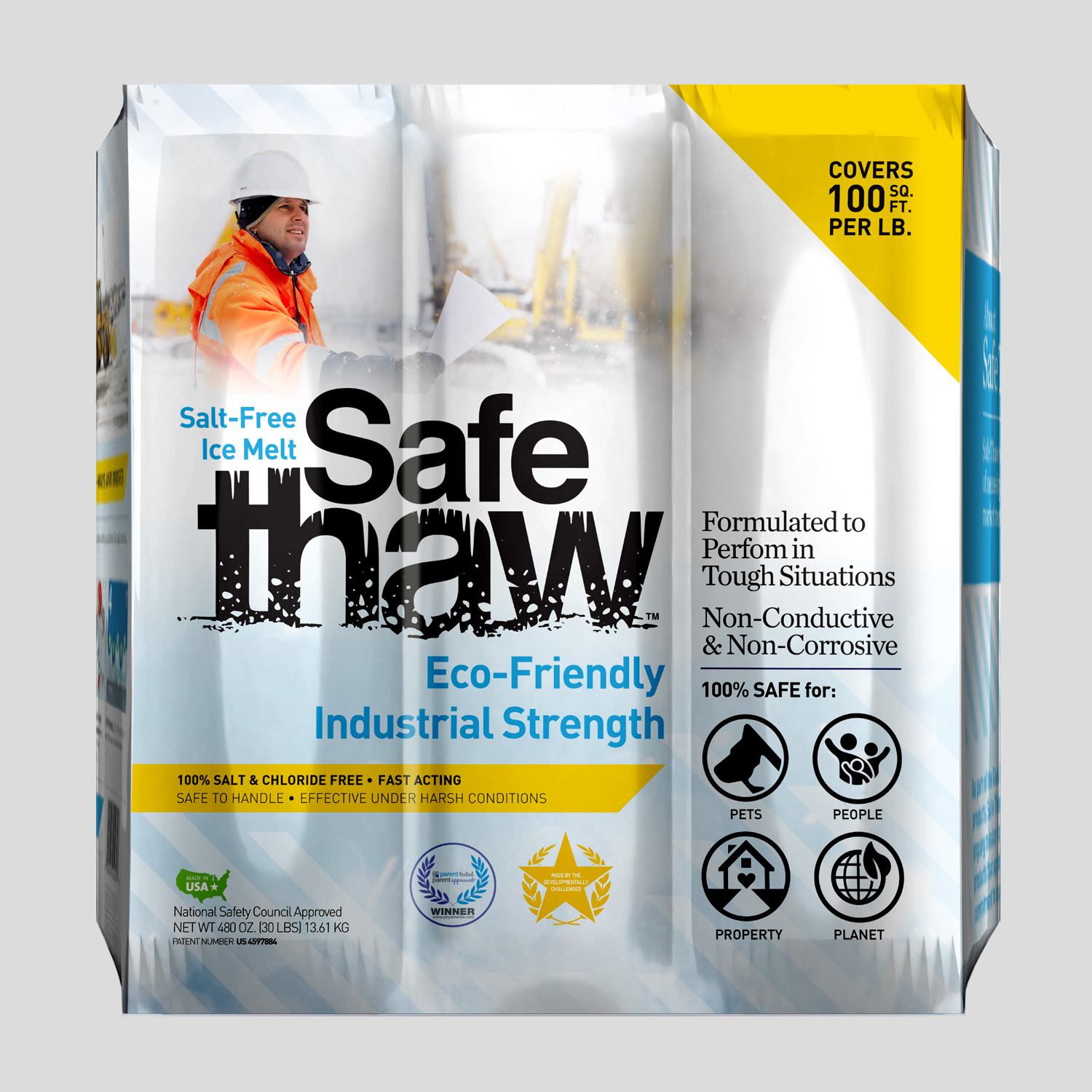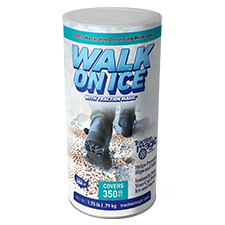Removing Oil Stains from Concrete: Helpful Tips and Tricks

If you’re dealing with stubborn oil stains on your concrete surfaces, you’re not alone. Oil spill is common, whether it occurs in your garage, driveway, or patio. The good news is that there are effective methods on how to get oil stains out of concrete, and we’re here to share some helpful tips and tricks.
To remove oil stains from concrete, you can try a dish soap and hot water mixture, a baking soda paste, commercial degreasers, absorbent materials, or pressure washing with a concrete cleaner.
For your convenience, we will explore these effective methods in detail to get oil stains out of concrete. We’ll also let you know some maintenance tips to keep your concrete clean and safe.

Safe Thaw
Safe Thaw was created as the ice management solution for tough winter environments. Ideal in commercial and industrial properties, shops, government agencies, bridges, and construction.
Importance Of Removing Oil Stains From Concrete
Removing oil stains is crucial when maintaining the appearance and longevity of your concrete surfaces. Here, we will delve into removing concrete oil stains and explore why you should tackle them promptly.
- Prevents Permanent Discoloration: Oil stains on concrete can penetrate the porous surface, causing stubborn discoloration that becomes increasingly difficult to remove over time. By taking prompt action to remove oil stains, you can prevent permanent discoloration and preserve the visual appeal of your concrete.
- Maintains a Clean and Welcoming Environment: Whether your residential driveway or commercial space, a clean and well-maintained environment creates a positive impression. Removing oil stains ensures that your concrete surfaces look clean, well-cared for, and inviting, enhancing the overall aesthetic appeal of your property.
- Avoids Slippery Surfaces and Safety Hazards: Oil stains create slippery surfaces, especially when exposed to water or moisture. This poses a safety hazard, increasing the risk of slips, falls, and accidents. Removing oil stains can ensure a safer environment for yourself, your family, or anyone visiting your property.
- Prevents Concrete Deterioration: Oil stains can chemically react with concrete, breaking the material’s structure and integrity. Over time, this can result in concrete deterioration, including cracks, pitting, and surface degradation. Removing oil stains promptly helps preserve the durability and longevity of your concrete surfaces.
- Saves Money on Costly Repairs: Neglecting oil stains on your concrete surfaces may eventually lead to irreversible damage, necessitating expensive repairs or even complete resurfacing. By proactively removing oil stains, you can save money in the long run by avoiding costly repairs and ensuring the longevity of your concrete.
How To Get Oil Stains Out Of Concrete [Tips And Tricks]
When removing oil stains from concrete, you don’t have to immediately resort to harsh chemicals or expensive solutions like resurfacing. Here are some eco-friendly and cost-effective methods to consider:
Dish Soap And Hot Water Mixture
One of the simplest and most effective methods for removing oil stains is dish soap and hot water. Start by diluting a generous amount of dish soap in hot water. Pour the solution over the oil stain and scrub vigorously with a stiff brush.
The dish soap helps break down the oil, allowing it to lift off the concrete surface. Rinse thoroughly with clean water and repeat the process if necessary.
Baking Soda Paste
Another household remedy that works wonders on oil stains is baking soda paste. Make a solution of baking soda with water to create a thick paste and apply it directly to the stain. Allow the paste to absorb the oil for around 15 minutes. Scrub the area with a brush, focusing on the stained spots. Rinse the area with water and repeat the process if needed. The baking soda is a natural absorbent, pulling the oil from the concrete.
Commercial Degreasers
For more stubborn oil stains, consider using a commercial degreaser specifically designed for concrete surfaces. Follow the instructions provided on the product and apply it to the stained area. Allow the degreaser to penetrate the oil for the recommended duration. Use a brush to scrub the stain, paying attention to any stubborn spots. Rinse thoroughly with water and repeat the process if required. Commercial degreasers are formulated to break down tough oil stains effectively.
Absorbent Materials
If you’re dealing with fresh oil stains, utilizing absorbent materials like kitty litter or sawdust can help prevent the oil from penetrating deeper into the concrete. Sprinkle a generous amount of the absorbent material over the stain and gently press it into the surface using a broom or your foot. Allow the material to absorb the oil by letting it rest for hours or overnight. Once absorbed, sweep it away and clean the area with mild detergent and water.
Pressure Washing Or Concrete Cleaner
For more significant or older oil stains, pressure washing or using a concrete cleaner can provide effective results. Rent a pressure washer or purchase a concrete cleaner suitable for oil stain removal. Follow the instructions carefully to ensure safe and proper usage. Apply the pressure washer or concrete cleaner to the stained area, paying close attention to any remaining spots. Rinse thoroughly and repeat the process if necessary.
How To Maintain Your Concrete Areas?
Maintaining your concrete areas is essential for preserving their appearance, durability, and longevity. Here, we will explore effective tips and techniques for maintaining your concrete areas without using salt or harsh chemicals.
Regular Cleaning And Sweeping
Regularly cleaning and sweeping your concrete areas is a simple yet effective way to maintain their cleanliness and prevent the accumulation of debris. Use a broom or a leaf blower to remove loose dirt, leaves, and other debris from the surface. For more stubborn stains or dirt, a gentle scrub with mild detergent and water can help restore the cleanliness of the concrete.
Use Snow And Ice Removal
When it comes to winter maintenance, choose the right snow and ice removal product like Safe Thaw, which is safe for your concrete areas. Safe Thaw is a non-corrosive and non-conductive option that effectively eliminates ice and snow without causing damage. It is safe for people, pets, and the environment, making it ideal for maintaining concrete surfaces during harsh winter climates.
Sealing The Concrete
Applying a high-quality concrete sealer is crucial for protecting the surface from moisture, stains, and damage caused by the elements. Before applying the sealer, ensure that the concrete is clean and dry. Use a roller or sprayer to evenly distribute the sealer on the surface evenly, following the manufacturer’s instructions. Regularly reapply the sealer per the recommended timeline to maintain its protective properties.
Addressing Cracks And Damage
Cracks in concrete can worsen over time if not addressed promptly. Inspect your concrete areas regularly for cracks or damage, such as spalling or chipping. Small cracks can be repaired using a concrete crack filler or epoxy. For larger cracks or extensive damage, it’s best to consult a professional for proper assessment and repair.
Preventing Stains
Prevention is key when it comes to maintaining concrete areas. Take precautions to prevent stains by promptly cleaning up spills, especially those from oil, grease, or other substances that can penetrate the surface. Consider using mats or rugs in areas prone to spills or heavy traffic. Additionally, avoid using harsh chemicals or cleaners that can damage the concrete and opt for environmentally-friendly alternatives.
100% salt & chloride-free, fast acting Ice Management Solution
Final Words
Knowing how to get oil stains out of concrete is essential for maintaining a pristine appearance. We’ve explored effective tips and tricks to help you tackle these stubborn stains.
Multiple solutions are available, from household items like baking soda and dish soap to specialized oil stain removers. Remember to act quickly and follow the recommended procedures to increase your chances of success.
Additionally, for overall concrete maintenance, consider using Safe Thaw during the winter to prevent ice formation and preserve the integrity of your concrete surface. With the right knowledge and products, you can restore your concrete to its former glory and keep it looking its best for years.
Try Also Our Other Winter Safety Products:
Safe Paw
The Original and #1 Selling Pet and Child Safe Ice Melt for over 20 years. Guaranteed environmentally safe –It won’t harm animals or children, and it won’t damage your property. That’s Safe Paw. Safe Paw can change how winter affects our planet.

Walk On Ice
The handy disposable canister can be taken everywhere, with the same 100% naturally occurring minerals that provide instant traction on ice or snow. Use it on sidewalks, steps, or as an instant traction agent for your car.



